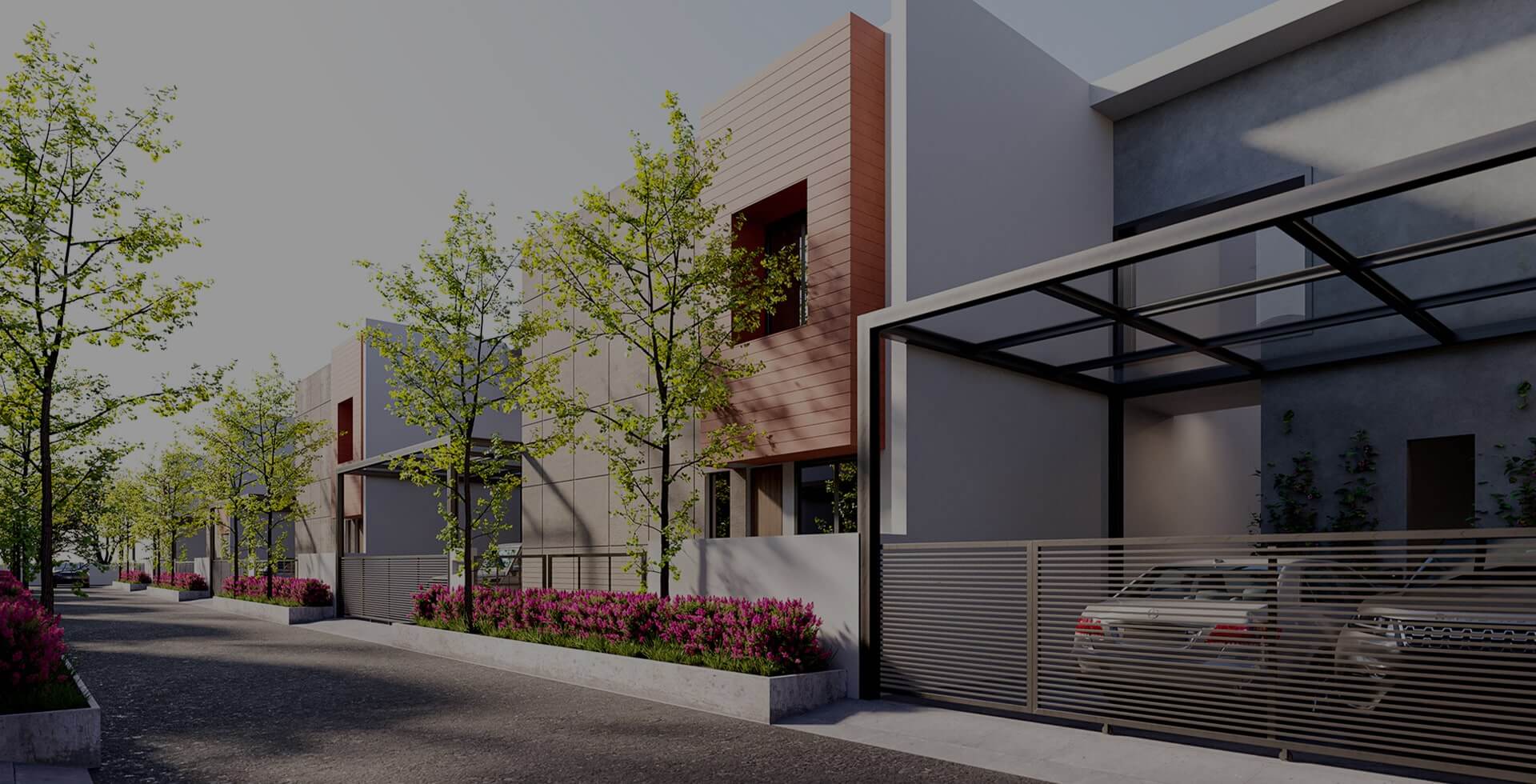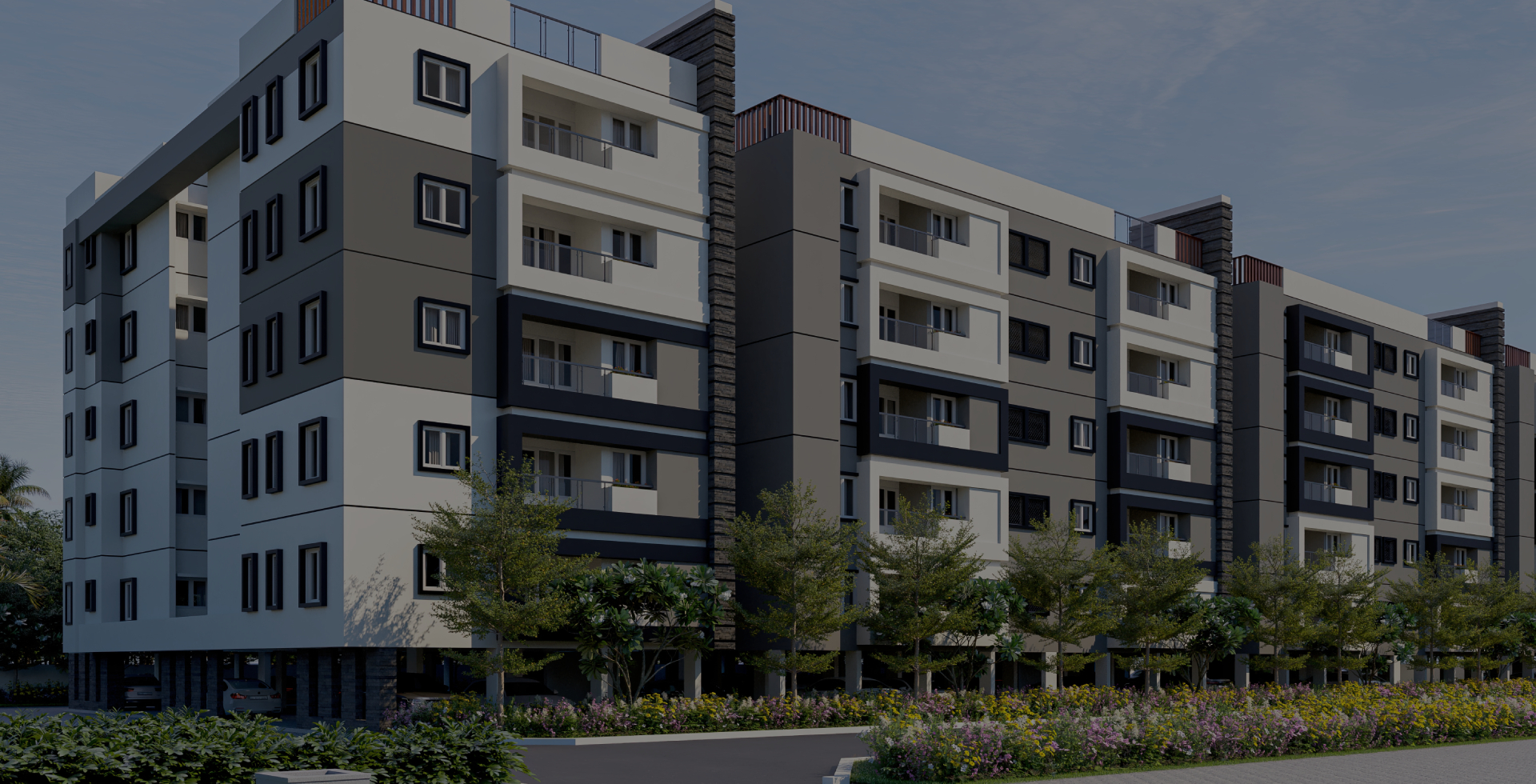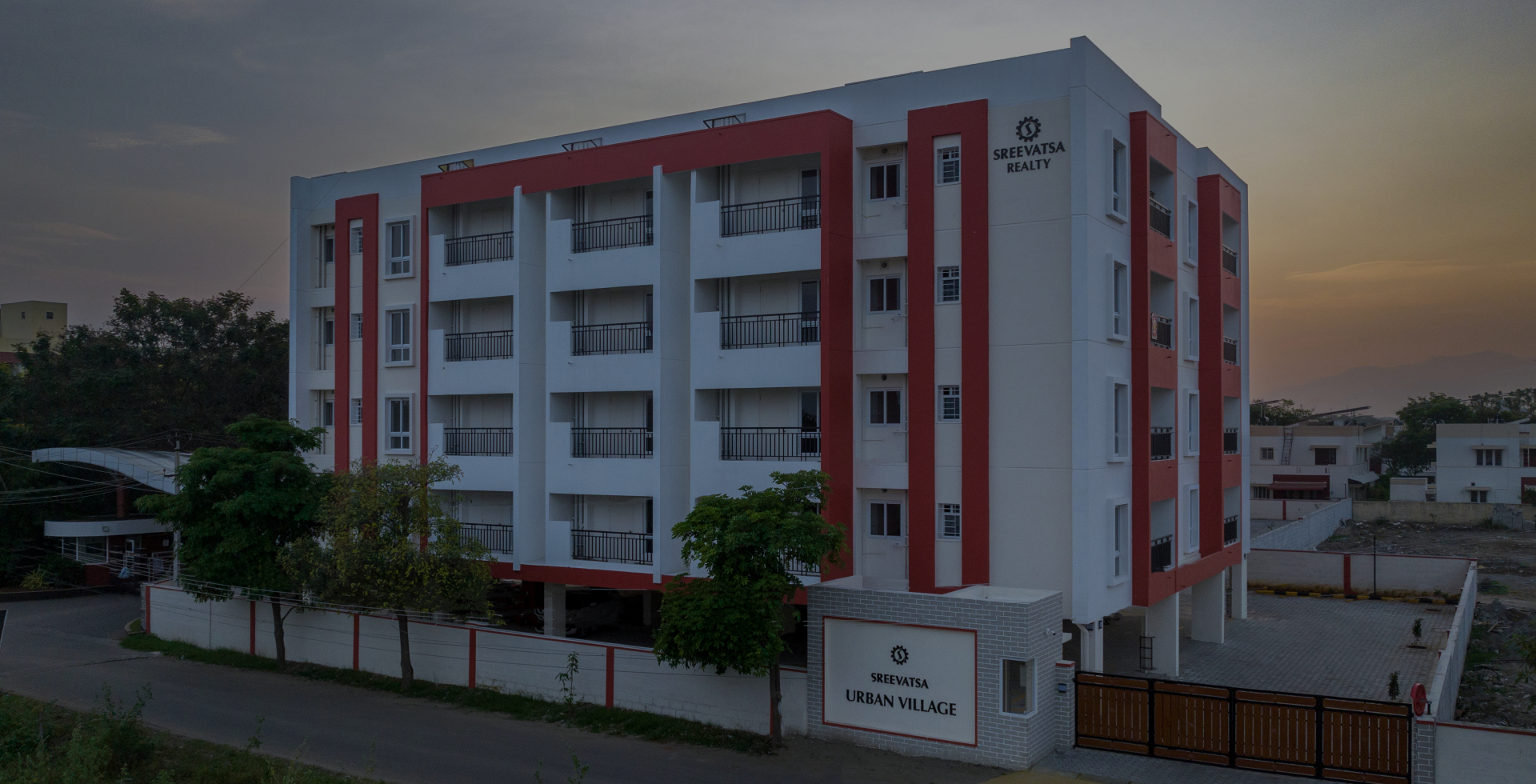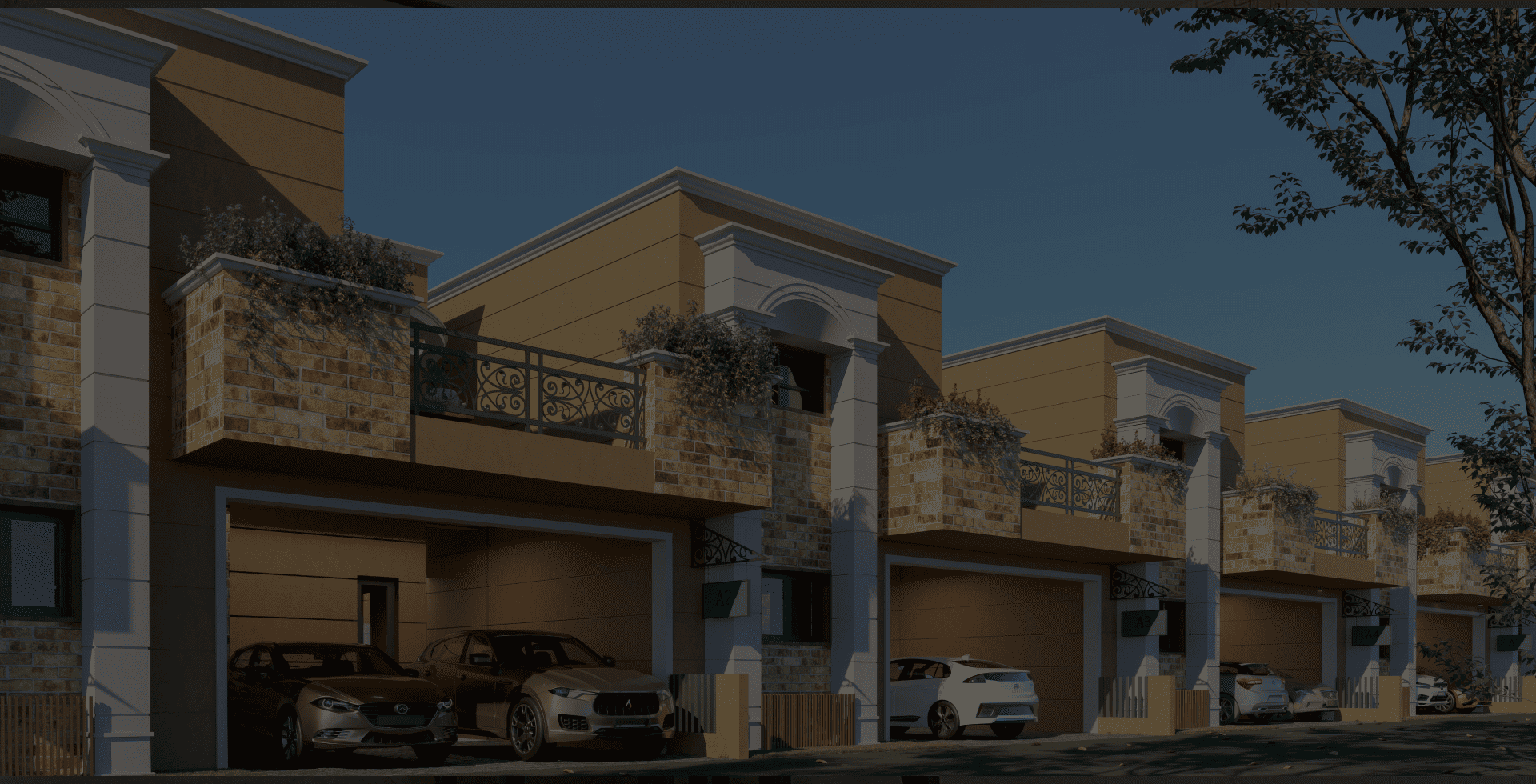CO-WORKING AND CO-LIVING SPACES CHANGING THE WAY YOU WORK AND LIVE!
Co-working and co-living spaces ensure these facilities to occupants. Between 2011 to 2016, interstate migration in India touched 9 million annually.
Co-working and co-living are two innovations which are redefining the way people live and work. While choosing a location for living and working, there are many factors such as proximity to work, safety, social infrastructure, cost, security deposits and rentals which play a big role.
Co-working and co-living spaces ensure these facilities to occupants. Between 2011 to 2016, interstate migration in India touched 9 million annually. To meet the housing demand of this mobile population, a cost-effective and flexible lifestyle solution was required. This proves that there is significant opportunity for co-living operators in India.
“Co-living, like car-pooling and co-working, is the result of demand for more evolved rental housing solutions from millennials, students and young working professionals whose choices differ vastly from those of previous generations. Going by recent trends co-living may offer a higher rental yield of as much as 8-11%, as compared to the current average yield of 1-3% in residential properties. It is definitely paving the way for a new asset class in real estate investing. Interestingly, co-living spaces can also bring down the average cost of living for consumers by as much as 10-15% on the back of optimal real estate utilisation and the economies of scale,” says Anuj Puri, Chairman – ANAROCK Property Consultants.
Rising demand for co-working space is changing the dynamics of office space in India. According to Knight Frank data, while co-living segment is set to offer a business opportunity of INR one trillion and 5.7 mn beds by 2023; co-working spaces already have a 12% share in total office leasing. The growth of co-working spaces is likely to push property prices of projects located around them.
People are likely to live near locations with proximity to job hubs and economic activity. Commuting for long hours is something people want to avoid. Therefore, both co-living and co-working spaces are likely to push the demand in locations where these can be encouraged.
Samantak Das, Chief Economist and Head of Research & REIS, JLL India, says “With these two innovative segments (co-living and co-working), Indian office and residential real estate is set to grow bigger and better. However, stakeholders need to address the existing challenges such as data privacy, the conservative approach of property owners and relevant supply observed across co-working and co-living, respectively.”
Knight Frank report reveals some key trends:
- In co-living, in value terms, Delhi NCR will constitute nearly 40% of this potential market opportunity
- Affordability, convenience and community – pull factors for the migrant millennial work force. This will drive growth in the co-living space
- Share of co-working space in office leasing to increase manifold in the near future
- Mumbai records the highest proportion of co-working space to office leasing in 2018





